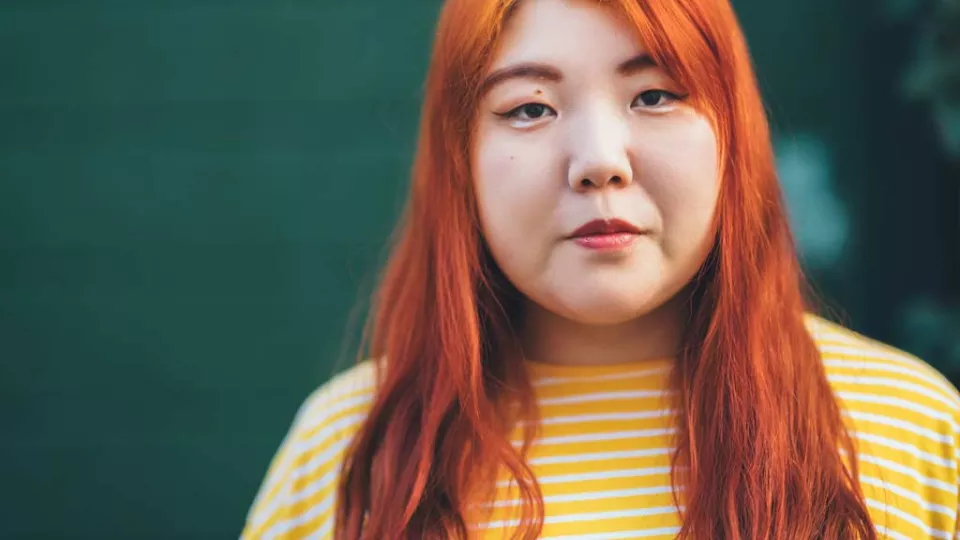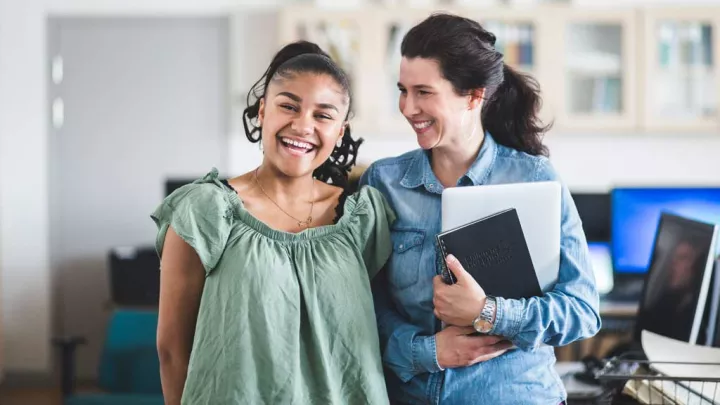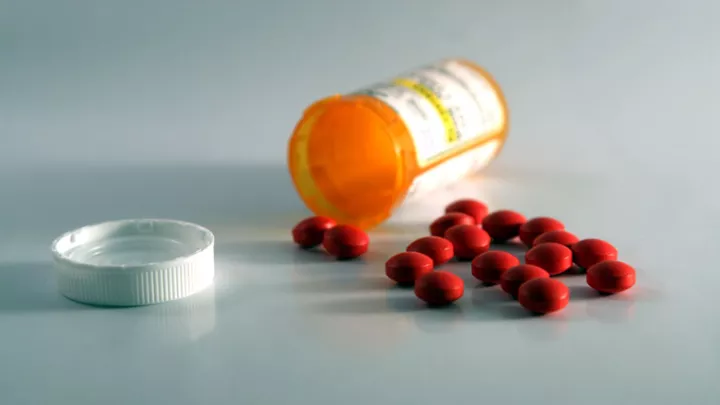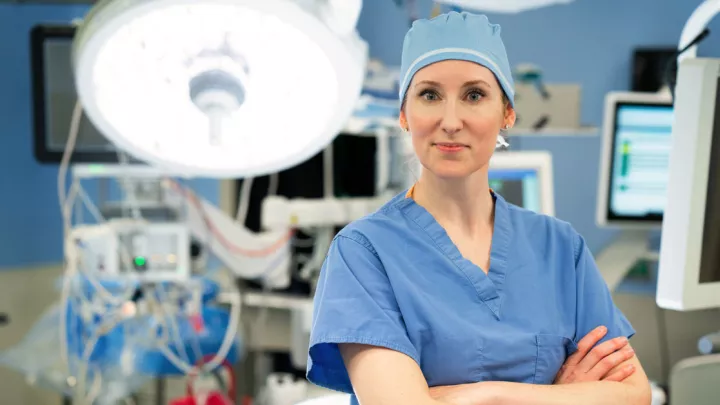
Misuse of Opioid Medications Affects Teens
Opioid misuse among teens is a double-sided story. Reports say that inappropriate use of prescription opioid-based medication by adolescents has gone down in the last few years.
But opioid overdoses among teens are up, largely because some teens who become addicted to prescription opioids move on to use heroin and the potent synthetic opioid fentanyl. Physicians at Children’s Hospital Los Angeles are crossing disciplines to reduce opioid prescriptions and opioid use by children and teens, and prevent potential misuse. Two doctors involved in this effort are Diane Tanaka, MD, Medical Director of the Teenage and Young Adult Health Center and the Homeless Adolescent and Young Adult Wellness Clinic, and anesthesiologist Eugene Kim, MD, Chief of the Division of Pain Medicine.
How serious is the use of prescription opioids by teens?
DT: According to a 2019 survey by the Centers for Disease Control and Prevention (CDC), 14.3% of high school students report misusing prescription opioids. The numbers are down over previous years, but we can’t get complacent. The CDC says nearly 60% of teens who are misusing opioids also use alcohol—a potentially deadly combination. And opioid misuse rises significantly after the age of 18.
What is opioid misuse?
DT: Misuse can mean taking someone else’s medication, using medicine in a way other than prescribed, using medicine to get high, or mixing medicine with alcohol or another substance. Some of the most commonly misused opioid pain medications are oxycodone, hydrocodone, codeine and morphine.
How do teens typically acquire prescription opioids?
EK: If your teen has had a sports injury, dental work or surgery, it is possible he or she was prescribed a pain reliever that contains an opioid. However, teens misusing opioid medications frequently get them from family members or friends. It’s important not to share your prescriptions with anyone else and to keep them locked away.
How do you approach pain medication for kids and teens?
EK: Pain is a complex and individual experience for everyone. We look at the biological, psychological and social factors unique to each person. Here at Children’s Hospital Los Angeles, we are working together to control opioid prescriptions so our patients go home with only the essential medications. We want to encourage appropriate use while we aim for our primary goal: increasing each patient’s ability to function.
What other therapies do you consider?
EK: We employ a wide range of tools and coping strategies for pain management—from acupuncture, cognitive behavioral therapy, nerve blocks and virtual reality to animal-assisted therapy. Our pain management team has a wide range of expertise including pain psychologists, psychiatrists, anesthesiologists, nurse practitioners, physician assistants and acupuncturists.
Do teens view opioids in the same way they might another drug?
DT: No. Heroin, for example, still carries a negative stigma with teens because it is associated with needles and “junkies.” But teens often see opioids like Vicodin or OxyContin as safe (or “safer”) because doctors prescribe them, their grandmother had a prescription after dental surgery or someone gave them a pill at a party. Unfortunately, all of that lowers the perception of risk.
What puts teens at greater risk for misusing opioids?
DT: For young people, the reward center of the brain, which produces feelings of pleasure, develops much earlier than the executive function, which deals with self-regulation and cause and effect. Teenage brains are guided more by emotion and impulse than by planning and logic. And teens are sensitive to peer pressure.
How can a parent or caregiver help teens manage pain after surgery or injury?
EK: One way is to educate yourself. Before and after certain surgeries, we bring families into our Pain Medicine Clinic, which helps patients and parents prepare for and manage post-operative pain. If parents are extremely anxious, it can lead to “pain catastrophizing” or exaggerating the potential pain, which can increase a patient’s pain and decrease functioning. Some parents over-manage their child’s pain, such as waking up a comfortably sleeping child to give them pain meds. That can be distressing, too.
What signs might suggest a problem with opioid or drug use?
EK: Your teen may be sleeping a lot more than usual. His or her friends may have changed dramatically, with the old friends dropped abruptly for new ones. Slipping grades or missed classes can be a sign of a problem as well.
Any tips for starting a conversation with my teen about opioid use?
DT: Find a time without a lot of distractions. Turn off all phones. Studies show that dramatic TV-style “interventions” don’t work, so stay calm and let your teen know you are concerned. Be clear and consistent about your expectations around drug use and opioids. Call on the experts at Children’s Hospital Los Angeles if you need us.
How can I help my teen say ‘no’ to temptation?
DT: One way is to help your teen create an “exit plan”—basically, creative ways of saying no—for those times that he or she might be offered a drug at a party, for instance, or when out with friends. Having a code word to text a trusted adult may be useful, too. Such steps can empower your teen to make good choices in “hot” situations.
EK: Dispose of all medications that are expired, unused or no longer needed as soon as possible. Children’s Hospital Los Angeles has a secure drop-off box for prescription medications in the Outpatient Pharmacy at our Sunset Boulevard location. For more safe disposal locations, visit www.fda.org or https://safe.pharmacy/drug-disposal/.


